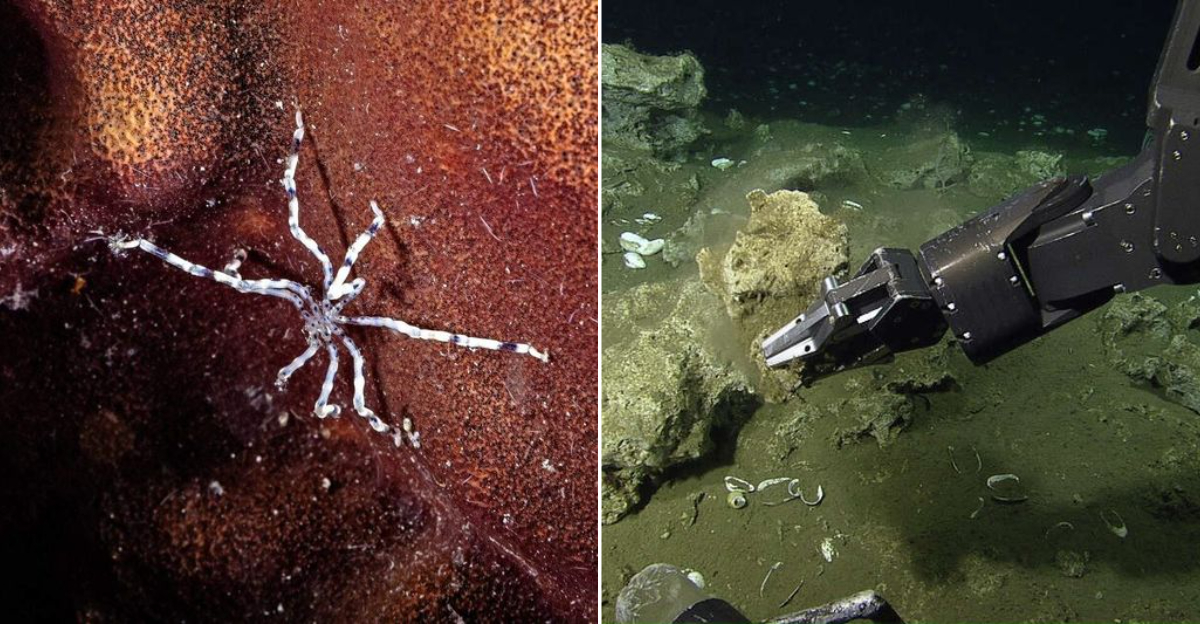Just when you thought the ocean couldn’t get any stranger, scientists have uncovered a methane-eating sea spider lurking near California’s coast.
This creepy-crawly marvel isn’t your average seaside critter. It thrives on methane, turning what’s usually a problem into a feast.
Discoveries like this remind us how mysterious and amazing the ocean truly is, packed with creatures that push the boundaries of what life can be and where it can survive.
1. A Sea Spider Like No Other

Forget everything you thought you knew about spiders! These oceanic oddities aren’t true spiders at all but belong to a group called pycnogonids—ancient creatures that have been crawling ocean floors for over 500 million years.
Unlike their land-dwelling cousins, these sea spiders lack silk glands and venom.
Their bodies are mostly legs with tiny central sections, giving them an alien appearance that would make sci-fi directors jealous.
2. Methane: Their Unusual Food Source
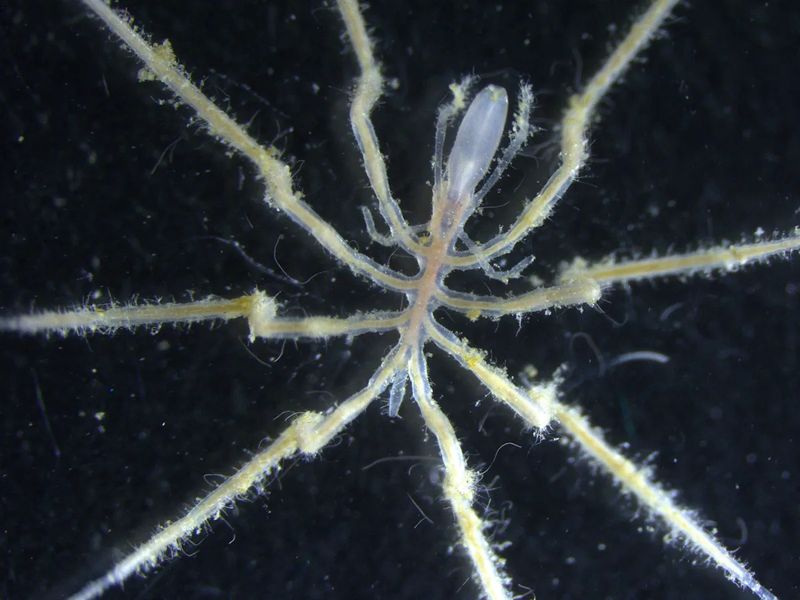
Talk about a specialized diet! These newfound sea spiders have evolved a remarkable ability to metabolize methane—a potent greenhouse gas—turning it into energy through specialized bacteria in their digestive systems.
Scientists were baffled when they first observed the spiders clustering around methane seeps.
Lab tests confirmed these creatures weren’t just hanging out near the gas bubbles; they were actually consuming them as their primary food source!
3. Deep-Sea Habitat off the California Coast
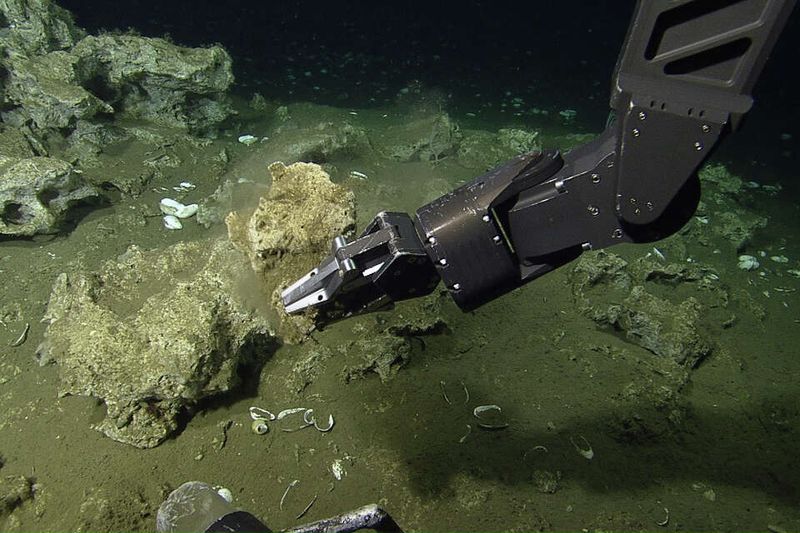
Home sweet home for these methane munchers lies about 3,000 feet below the surface in a cold, high-pressure environment most creatures would find uninhabitable.
Their neighborhood? The rugged continental shelf off Southern California, where natural methane vents create oases of unusual life.
The area resembles an alien landscape with bacterial mats, tube worms, and now, our spider friends scuttling between gas bubbles rising from the seafloor.
4. How Scientists Made the Discovery
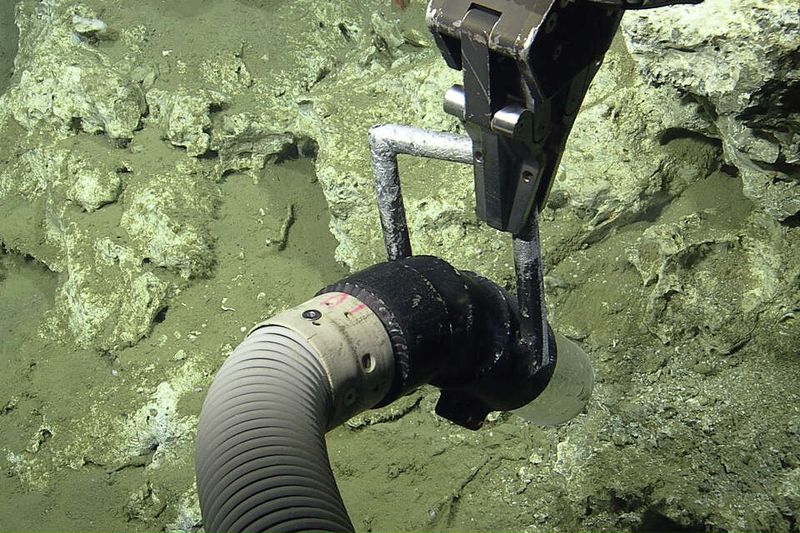
Serendipity played a starring role in this scientific breakthrough! Researchers were actually mapping methane seeps using an advanced submersible when they spotted unusual movement around the gas vents.
“We almost missed them,” admitted Dr. Elena Martinez, lead marine biologist on the expedition.
The team collected specimens using specialized robotic arms and brought them to the surface in pressurized chambers to maintain their deep-sea conditions for study.
5. Why This Discovery Matters for Climate Science
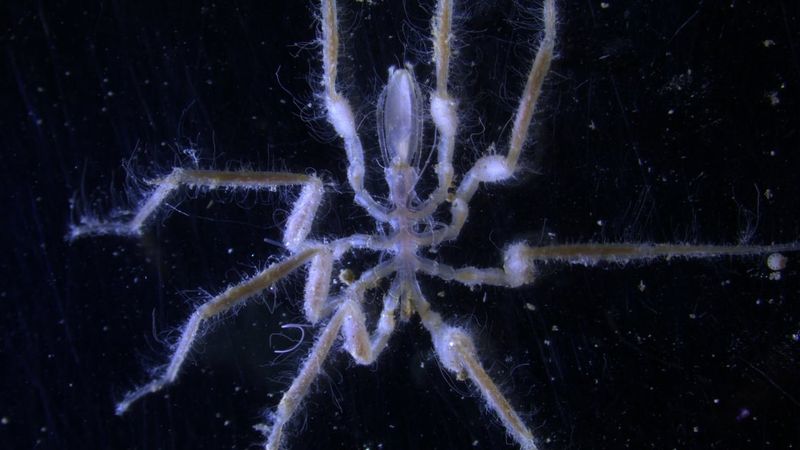
Beyond the cool factor, these eight-legged methane processors could be climate change heroes in disguise.
Methane traps heat in our atmosphere 25 times more effectively than carbon dioxide, making it a serious climate concern.
Understanding how these creatures naturally consume methane might inspire new technologies to capture this greenhouse gas.
Plus, their existence suggests nature may have more built-in methane regulators than we previously realized—a glimmer of hope for our warming planet!
6. Genetic Clues to a New Species
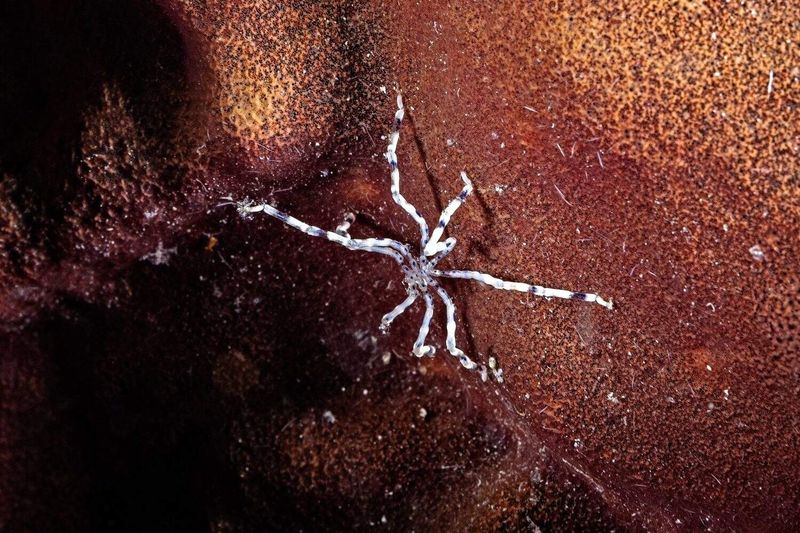
Hidden in the twisting DNA strands of these peculiar sea spiders lies an evolutionary miracle that has marine biologists buzzing with excitement!
The genetic makeup reveals adaptations never before documented in marine arthropods – specialized gut bacteria that break down methane molecules into usable energy.
Scientists initially mistook these creatures for common sea spiders until gene sequencing revealed startling differences.
Their mitochondrial DNA shows a 15% divergence from their closest relatives, placing them not just as a new species but possibly an entirely new genus.
7. Not-So-Tiny Titans
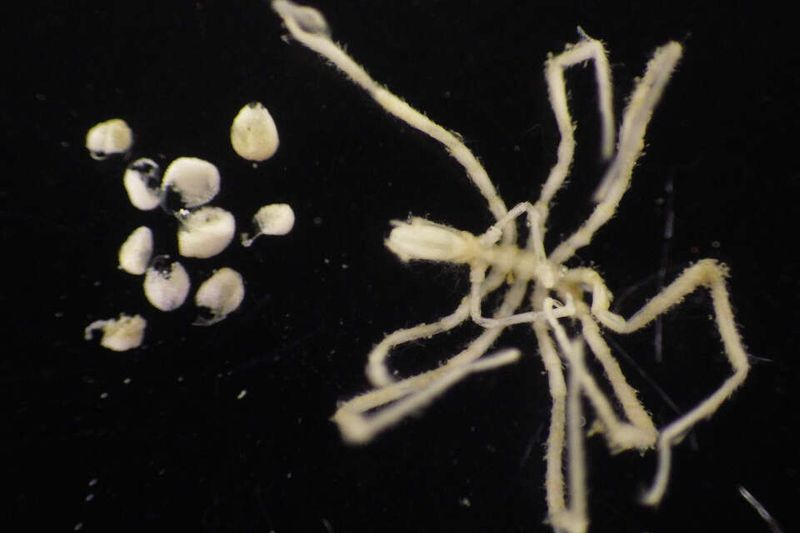
Unlike their tiny land cousins, these methane-munching sea spiders grow to the size of dinner plates! Their massive bodies stretch nearly 12 inches across, with legs extending another foot beyond that.
Scientists were shocked when they first spotted these creatures through submarine cameras. The spiders’ remarkable size allows them to process significant amounts of methane bubbling up from underwater vents.
Their special digestive system converts this harmful gas into energy through a process never before seen in marine arthropods.
8. More Questions Than Answers
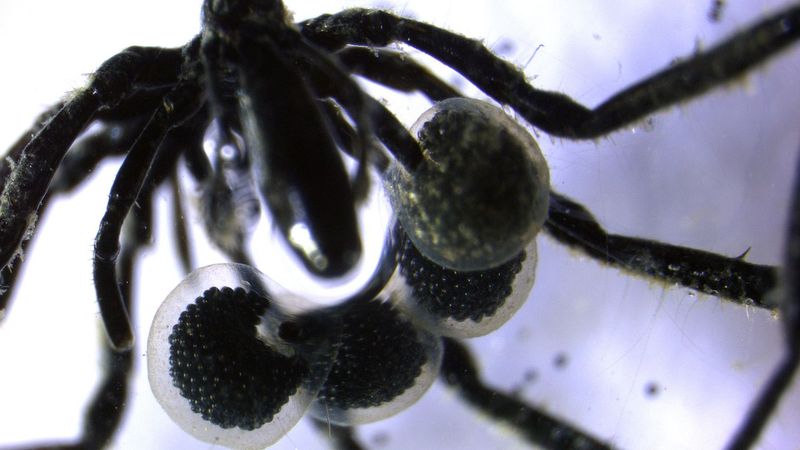
The mysterious methane-munching sea spider has left marine biologists scratching their heads in amazement.
Unlike anything previously documented, these eight-legged oddities possess specialized organs that somehow convert harmful methane gas into usable energy.
Scientists remain baffled about how exactly this biological process works. “We thought we understood sea spiders, but this changes everything,” admits Dr. Elena Morales, lead researcher on the expedition.
9. The Future of Deep-Sea Exploration
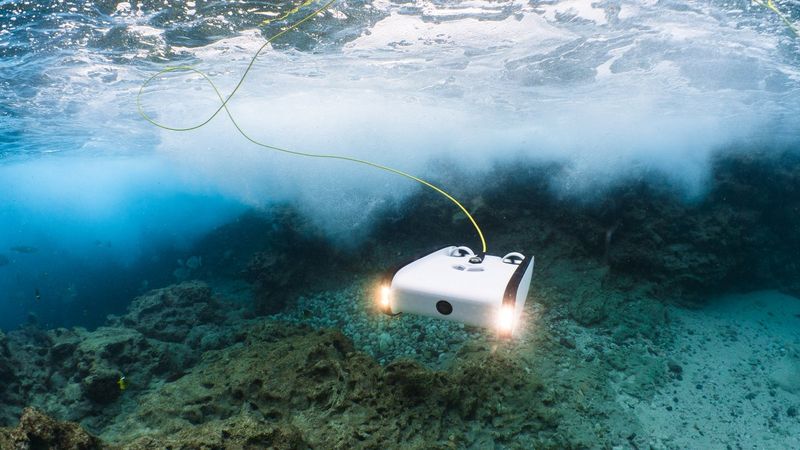
Robotic submarines equipped with AI might soon replace human divers in the hunt for bizarre creatures like our methane-munching spider friends!
These smart underwater robots can venture deeper than any human, withstanding crushing pressures that would flatten a submarine.
Scientists predict we’ll discover at least 100,000 new species in the next decade alone. The ocean floor remains more mysterious than the surface of Mars, with less than 20% properly mapped.
10. Could This Be the First of Many?
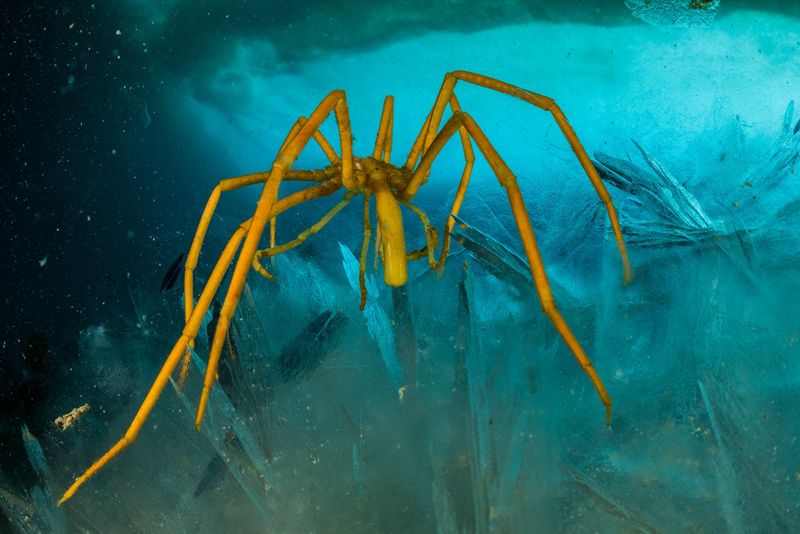
Imagine a treasure hunt where each discovery opens doors to new possibilities!
Marine biologists are buzzing with excitement, wondering if this methane-munching sea spider represents just the tip of the iceberg.
The ocean’s depths remain largely unexplored—we’ve mapped more of Mars than our own seafloor!
Other gas-consuming creatures might be hiding in plain sight, adapting to Earth’s changing conditions in ways we never thought possible.
